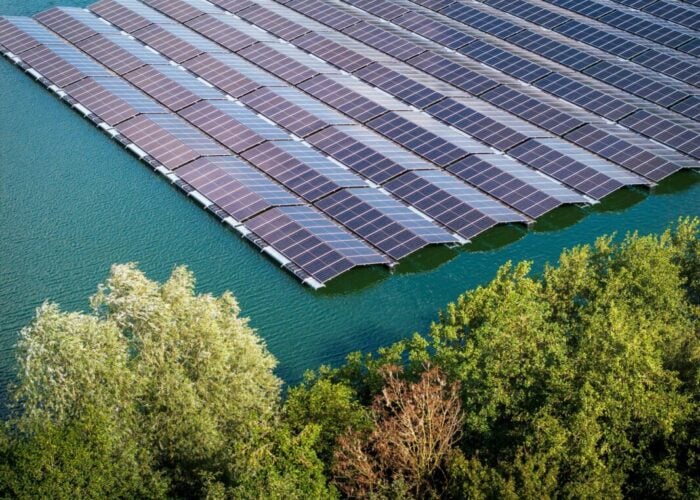The US-based solar division of Japan’s Kyocera and energy service start-up Stem have become the latest partnership to offer integrated solar-plus-storage to commercial customers in the US, beginning with sales in three states including California.
Stem announced the news last week, claiming that the system can dramatically reduce peak demand charges. Commercial energy users’ bills are calculated from a window of time, usually around 15 minutes long, that exemplifies their most intensive energy usage on a monthly basis.
Try Premium for just $1
- Full premium access for the first month at only $1
- Converts to an annual rate after 30 days unless cancelled
- Cancel anytime during the trial period
Premium Benefits
- Expert industry analysis and interviews
- Digital access to PV Tech Power journal
- Exclusive event discounts
Or get the full Premium subscription right away
Or continue reading this article for free
Energy storage can be used to ‘shift’ these charges. SolarCity, the largest residential solar installer and leasing company, already offers commercial storage products across the US for these reasons. Stem’s behind-the-meter system utilises predictive analytics to allow for an automatic response to spikes in electricity demand, reducing energy costs by drawing on the power stored. Stem claims this can cut bills by 20%.
The systems can also be aggregated to provide demand response, with the capabilities of the units for mitigating variable renewable generation sold to utilities. The company claims its system can predict energy usage up to 30 days in advance, thus charging the battery with cheaper grid electricity when demand charges are at their lowest.
Kyocera Solar will provide the product with its solar modules. Stem will initially launch it in California, Hawaii and New York, three of the US regions thought to lead on energy storage deployment so far. California has a mandate to install 1.3GW of grid-level storage by 2020, while Hawaii has a high level of penetration of PV on its various island grids, leading to utility Hawaii Electric Co (HECO) putting out a request for proposal (RFP) for up to 200MW of energy storage. Among other moves, New York’s storage policy has recently been strongly flavoured by a plan from utility company ConEdison to take on 100MW of load reduction measures, which is likely to include grid storage.
For the full version of this story, including links to guest blogs on Hawaii by analyst Dean Frankel of Lux Research and on New York by American Vanadium chief Bill Radvak, visit PV Tech Storage.






